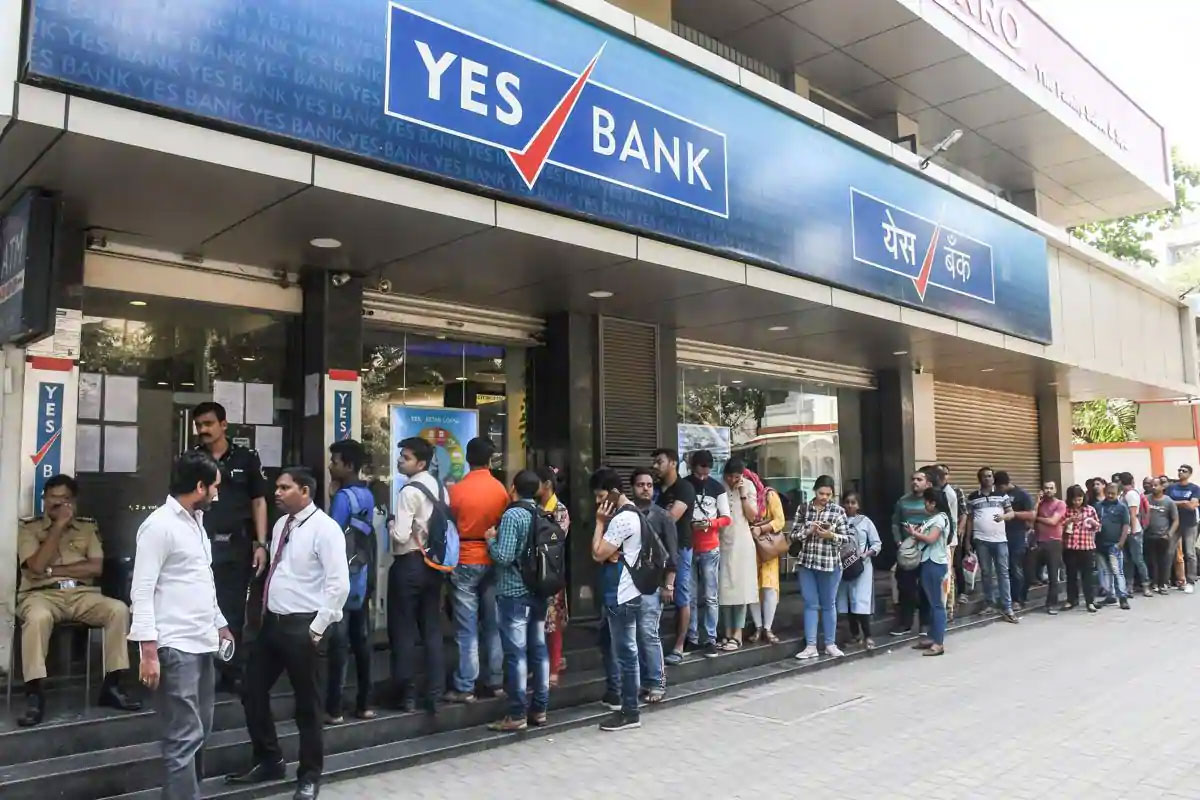Discerning The YES Bank Crisis Several Corporate Borrowers Of Yes Bank Later Turned Into Corporate Defaulters. As Anil Ambani Group, Cafe Coffee Day, Jet Airways, DHFL, And IL&FS, Among Others
There’s work to be done in terms of recapitalising the bank. SBI is to hold a maximum of 49% in the bank, and existing shareholders are seeing a significant dilution in their holding to 11%, so other investors will have to be found to pump in around Rs 9,600 crore
The tragedy at YES Bank has been averted — all depositors of the bank have been assured by the government that their money is safe, and the State Bank of India (SBI) has been asked to step in as a white knight — but the crisis at one of India’s largest lenders is far from over. There’s work to be done in terms of recapitalising the bank; SBI is to hold a maximum of 49% in the bank (for which it will pay around Rs 11,760 crore), and existing shareholders are seeing a significant dilution in their holding to 11%, so other investors will have to be found to pump in around Rs 9,600 crore. While some State-controlled companies and corporations will, no doubt, be conscripted to do this, the government should ensure that banking remains attractive to investors. With YES’s restructuring plan writing down to zero, the value of so-called additional tier-1 bonds (there are reports that bond-holders may seek legal recourse), it’s not going to be easy for Indian banks to raise money through this route any more. There’s also the painstaking process that the bank’s new management will have to undertake of sifting through all the lenders’ loans to see whether there are any hidden surprises.
Even as this is being done, investigative agencies have been tasked with probing the role the bank’s founder and former chief Rana Kapoor played in fostering the crisis. Mr Kapoor sold his and his family’s entire stake in the bank after being told, in 2018, that he could no longer remain chief of the bank. While it is clear that many of YES’s loans were to companies with questionable abilities to repay — around Rs 30,000 crore of its book is junk-rated debt — the question to be asked is whether this was a result of poor risk-assessment practices, herd mentality (everyone, including many State-owned banks were lending to some of these companies), or plain old-fashioned kickbacks.
YES’s aggressive lending wasn’t a secret operation — it has been known for sometime. That, the Reserve Bank of India’s treatment of Mr Kapoor, and the promoters’ promptness in selling their stake in the bank, are all issues that need investigation, as do other financial transactions involving Mr Kapoor and his family. Meanwhile, both the finance ministry and RBI would do well to assess whether the latter did all that was necessary, and when it was required. In hindsight, Mr Kapoor and YES Bank may have been given too long a rope.


